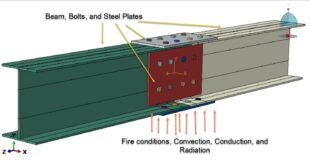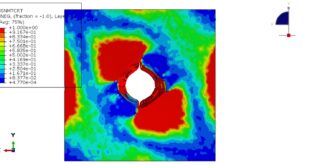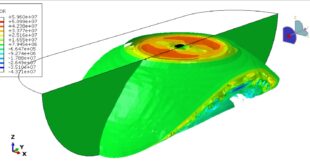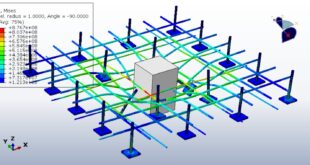Introduction to Flexural Behavior of Steel-Polypropylene Hybrid Fiber Reinforced Concrete Reinforced with GFRP Sheet
The flexural behavior of steel-polypropylene hybrid fiber reinforced concrete (SP-HFRC) reinforced with glass fiber reinforced polymer (GFRP) sheets represents an advanced composite material system that combines multiple reinforcement mechanisms to improve the mechanical performance of concrete structures
In the present example, the HFRC beam is modeled as a three-dimensional part. Both GFRP and epoxy as the interface are modeled as three-dimensional parts. The steel reinforcement is modeled as a wire with plastic behavior
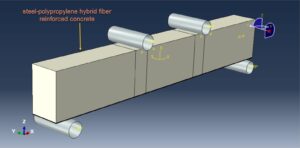
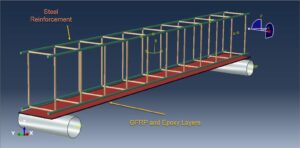
Material Components
Hybrid Fiber Reinforced Concrete
Steel fibers provide enhanced tensile strength, crack resistance, and post-cracking ductility
Polypropylene fibers improve early-age cracking resistance, impact resistance, and help control plastic shrinkage cracks
The hybrid combination leverages the benefits of both fiber types at different scales
GFRP Sheet Reinforcement
Provides external strengthening with a high strength-to-weight ratio
Offers excellent corrosion resistance compared to steel reinforcement
Improves the flexural capacity and stiffness of the concrete member
Both static and dynamic approach is considered to compare the results. All the material data are extracted from the reference papers
Flexural Behavior Characteristics
The flexural behavior of this composite system exhibits several notable features
Crack Control: The hybrid fibers effectively control crack propagation at both micro and macro levels, leading to distributed cracking rather than localized large cracks
Enhanced Ductility: While GFRP materials are typically brittle, the addition of hybrid fibers improves the energy absorption capacity and deformation characteristics of the system
Improved Load Capacity: The GFRP sheets significantly increase the moment capacity of the section, while the fibers improve the post-cracking behavior
Synergistic Effects: The combination of internal fiber reinforcement and external GFRP sheets creates a multi-level reinforcement system that improves performance at all stages of loading
Research Significance
This material system addresses several challenges in concrete construction
Mitigation of brittle failure modes
Improvement in durability through corrosion resistance
Enhancement of both serviceability and ultimate limit states
Potential applications in seismic retrofitting and infrastructure rehabilitation
After the analysis, all results such as stress, strain, tension and compression damage, failure, force-displacement diagram, and others are available. You can see some figures of the results below
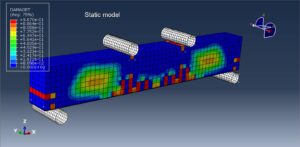
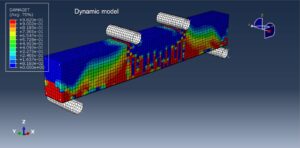
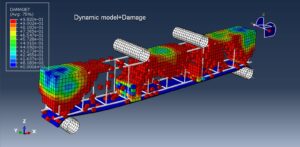

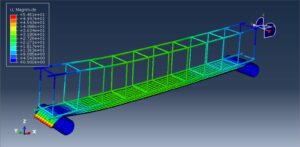
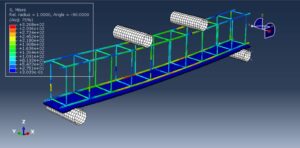
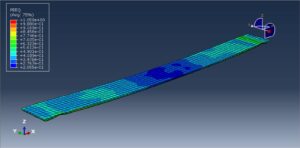
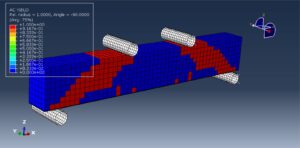
 Abaqus tutorials Abaqus tutorials
Abaqus tutorials Abaqus tutorials
